-
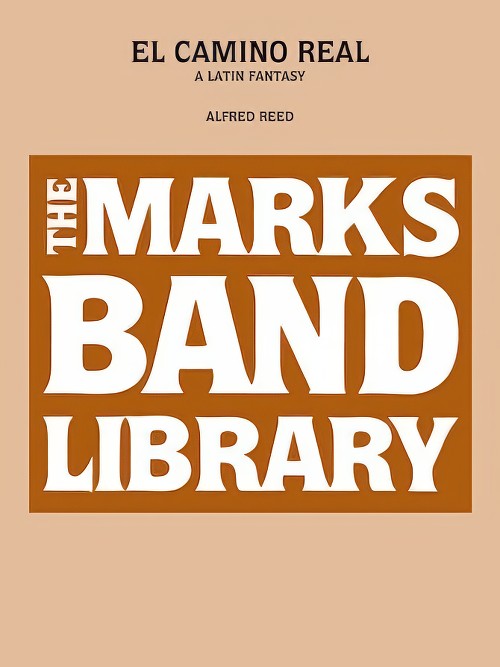 £129.99
£129.99El Camino Real (A Latin Fantasy) (Concert Band - Score and Parts) - Reed, Alfred
El Camino Real (The Royal Road or The King's Highway) was commissioned by the 581st Air Force Band and its commander, Lt. Col. Ray E. Toler. This fantasy is based on a series of Spanish folk melodies and underscored by chord progressions used by generations of flamenco guitarists, whose fiery style and brilliant playing have created a vast body of what many consider authentic Spanish music.The music follows a traditional fast-slow-fast pattern, with a first section that is based on the dance form known as the jota, and second contrasting section derived from the fandango.
Estimated dispatch 7-14 working days
-
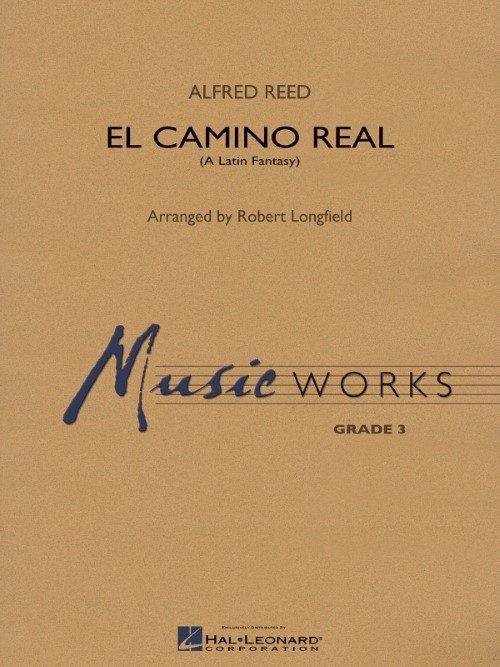 £76.99
£76.99El Camino Real (Concert Band - Score and Parts) - Reed, Alfred - Longfield, Robert
Composed by Alfred Reed in 1986, El Camino Real continues to be a repertoire staple for advanced ensembles. By shortening the duration and reducing the instrumentation and extreme technical demands, Robert Longfield has masterfully adapted this gem into an authentic sounding edition for younger players. A rewarding and distinctive work!Duration: 5:00
Estimated dispatch 7-14 working days
-
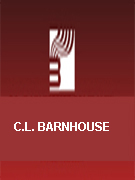 £49.50
£49.50El Capitan (Concert Band - Score and Parts)
Featuring three traditional favorites which are sung and played during the important Jewish holiday, Hanukkah. Each selection may be played individually or as a part of a medley.
Estimated dispatch 7-14 working days
-
 £59.40
£59.40El Capitan (Concert Band - Score and Parts) - Sousa, John Philip
Brion & Schissel have created a marvelous edition from Sousa's original parts and have included generous notes to help you produce outstanding performances of this great march classic!
Estimated dispatch 7-14 working days
-
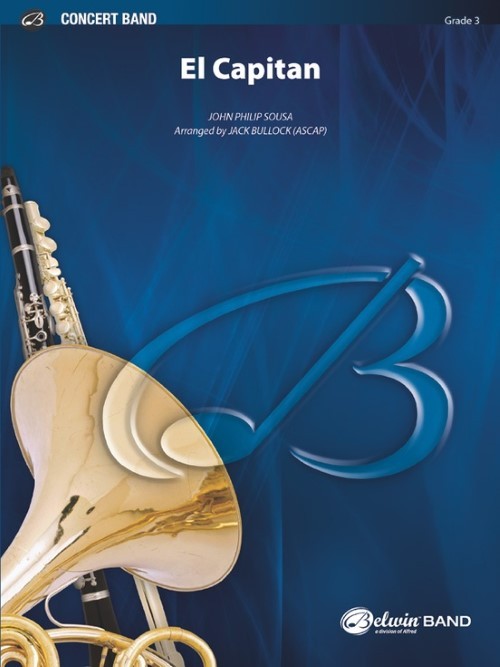 £64.50
£64.50El Capitan (Concert Band - Score and Parts) - Sousa, John Philip - Bullock, Jack
When one thinks of "marches," one almost automatically thinks of John Philip Sousa. Perhaps the greatest march writer of all time, he composed literally hundreds of these works. El Capitan ranks high in his list of classics. The first several strains are written in six-eight, and the last strains in two-four, giving a unique change of character. This scoring has reduced the technical difficulties while keeping the integrity of this well-known work. Duration: 2.20
Estimated dispatch 7-14 working days
-
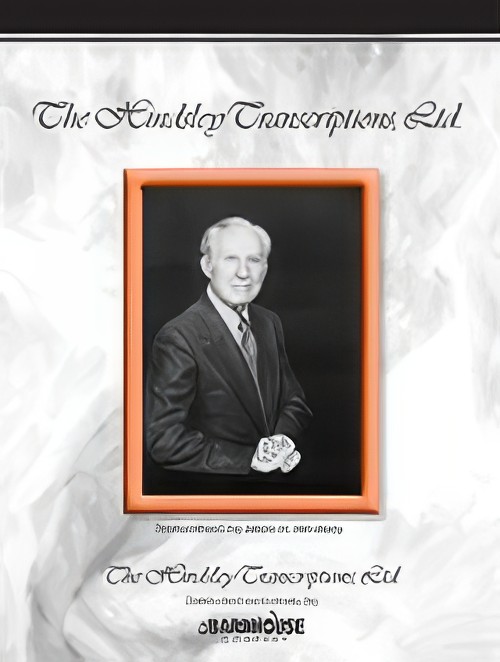 £23.00
£23.00El Capitan (Concert Band - Score and Parts) - Sousa, John Philip - Hindsley, Mark
Duration: 2.30
Estimated dispatch 7-14 working days
-
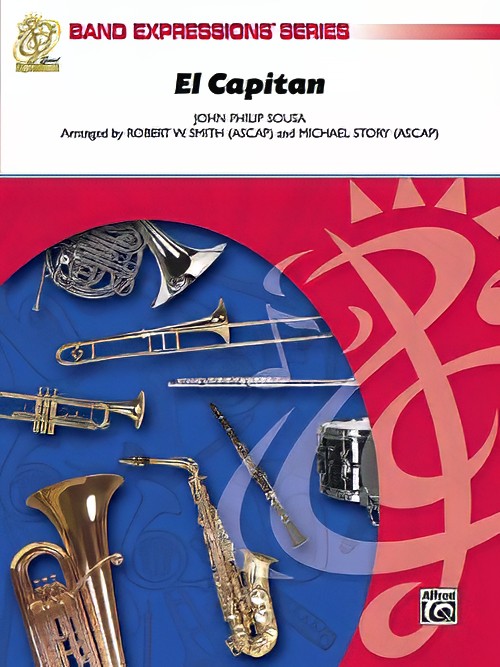 £53.95
£53.95El Capitan (Concert Band - Score and Parts) - Sousa, John Philip - Smith & Story
This wonderful Sousa march has been scored for your second-year students. Even with the rhythms simplified, the excitement remains. El Capitan is a rousing addition to any program. Duration: 1.30
Estimated dispatch 7-14 working days
-
 £134.99
£134.99El Caracol Mifasol Wind Band Set (Score & Parts)
El caracol (snail in Spanish) is the perfect illustration of the long slow process children must undertake when learning music. Ferrer Ferran composed this small musical poem to encourage the first, and sometimes difficult, steps in the fascinating world of music. The vocal part in this work can be performed by children taking their first steps in music. If there is no children's choir available the musicians in your band can sing the vocal part. This is a tremendously innovative piece that will help youngsters get involved in music-making. 05:32
Estimated dispatch 7-14 working days
-
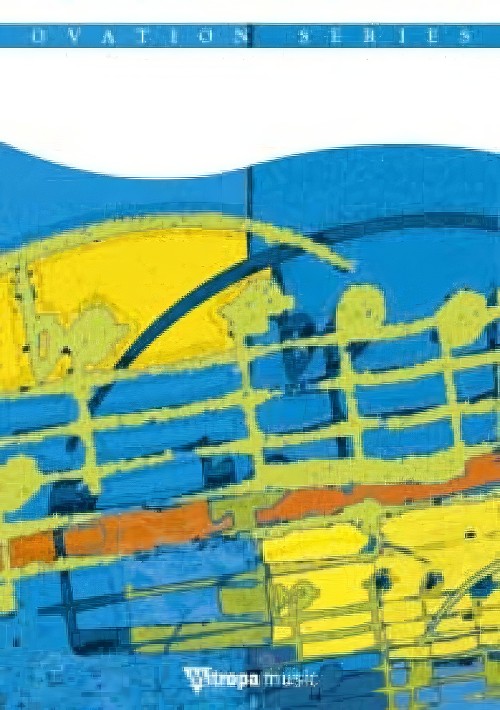 £89.99
£89.99El Chico (Concert Band - Score and Parts) - Grain, Joe
Duration: 4.45
Estimated dispatch 7-14 working days
-
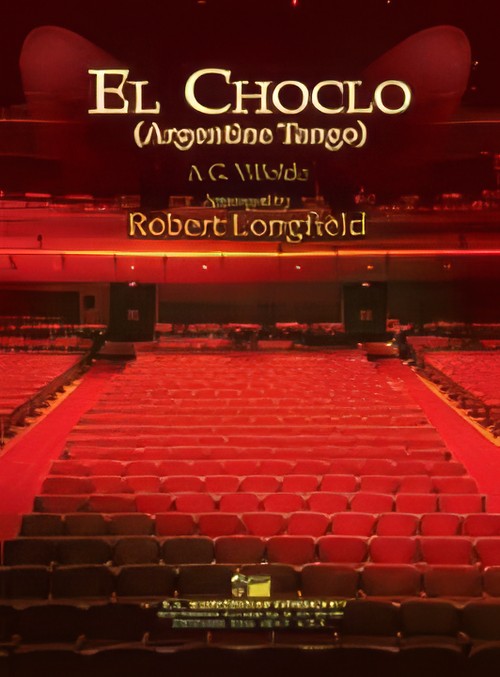 £74.00
£74.00El Choclo (Concert Band - Score and Parts) - Villoldo, Angel G. - Longfield, Robert
You probably don't recognize the title, but you are almost certain to be familiar with the famous melodies of this stately Latin classic. Robert Longfield's skilful arrangement stays true to the original but adapts it into a wonderful piece for the modern concert band. Full of audience appeal! Very highly recommended!Duration: 400
Estimated dispatch 7-14 working days
Searching for Brass Band Music? Visit the Brass Band Music Shop
